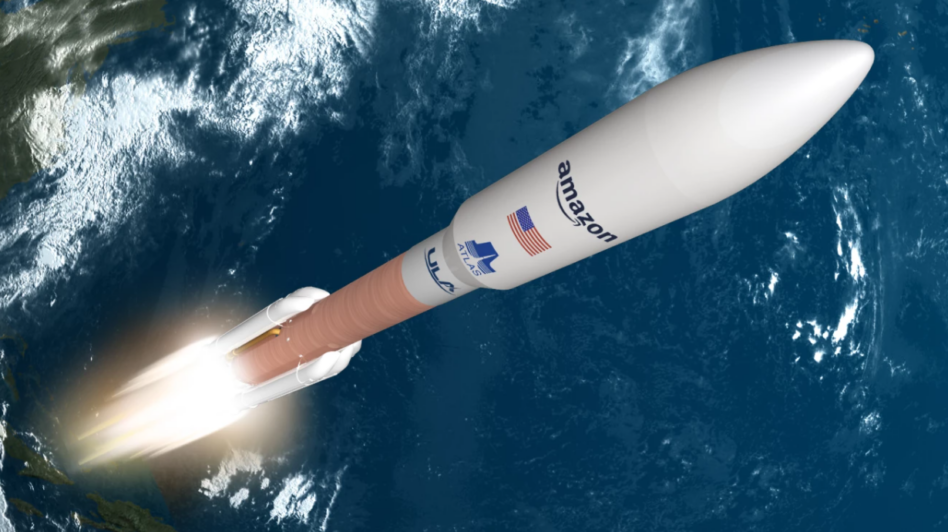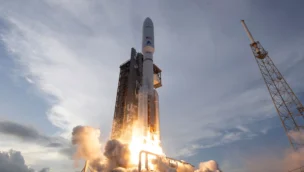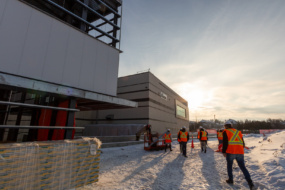ICYMI: Verizon is looking to low-Earth orbit (LEO).
The US telecom announced a partnership yesterday with Amazon’s Project Kuiper. Verizon will use Amazon satellites to extend connectivity to customers who can’t access the latest and greatest service (or anything) from its existing infrastructure. Amazon shares closed up 1.86% yesterday; Verizon was up 0.95%.
Kuiper 101: It’s a planned LEO broadband satellite constellation. Amazon intends to spend $10B+ to launch 3,236 internet-beaming satellites. While Kuiper has yet to launch a satellite, the constellation received FCC approval in July 2020.
- Starlink could be described as a competitor. But SpaceX has quite the head start, with 1,700+ satellites launched and a beta offered to the public.
Why is Verizon interested in LEO? For cellular backhaul to the many, many areas underserved by terrestrial 4G/LTE and 5G networks. In low-population density areas, the economics of laying fiber or building base stations don’t shake out. Consequently, internet service providers and telcos tend not to invest in expanding connectivity to rural, sparsely populated regions (unless subsidized).
“There are billions of people without reliable broadband access, and no single company will close the digital divide on its own,” Amazon CEO Andy Jassy said in a press release.
Payload’s takeaway: LEO satellites could certainly help expand connectivity. But don’t expect any constellation providers to offer 5G-like service any time soon.




